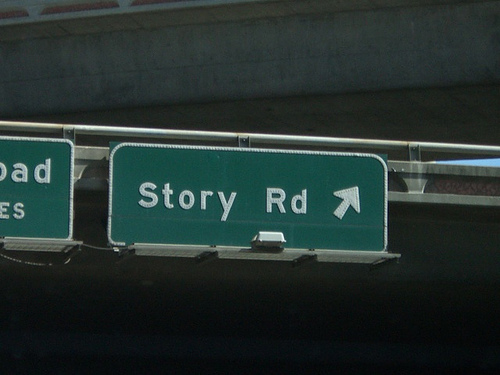
Newly appointed to the bench, the young judge considering a calendar of fee applications complained to the assembled lawyers. “Before I became a judge, you used to tell me the greatest client stories in the hall. How come those stories are missing from your fee apps?”
That wistful question was voiced now well more than 20 years ago, but her comments still resonate in my head.
A fee application is really just the story of the case, the tribulations encountered, and the results achieved. Don’t let time records and UST guidelines let you lose sight of the human drama occurring in each bankruptcy case. Share that drama with the judge who needs to evaluate what you’re paid for directing the drama.
Besides outlining the situation dumped on me at the start of the case, I use the fee app to educate the judge in all the complexities that come with real people in financial peril: the repoed car, the tax levy, the increase in court ordered child support. What were the time constraints? Who had the records? What were the creditors up to? Each of those things adds color to the story.
Some parts of the story you can’t tell. You can’t vilify the client or his choices. But you can describe the “extended discussions of valuation issues” or your “analysis of options in keeping the house”. The judge’s imagination can fill in the outline.
That story enables the judge to see you as more than a glorified clerk, filling in blanks on a computer screen. Your efforts are more clearly understood, as is your dual role of attorney and social worker to a human being in financial crisis.
Without a clear narrative that reveals what’s behind the schedules, the judge is left without an understanding of precisely what goes into those documents. Not only the legal analysis but also the time involved in helping to guide a consumer out of debt and into a place of stability. Those are the aspects of our representation that hold value, so without revealing them to the court we do ourselves as well as our clients a disservice.
As with judges, clients see only the end result – the schedules they sign to get the case filed. They aren’t privy to the hours of labor that goes into crafting a workable Plan. The fee application, therefore, serves a client service goal inasmuch as it allows us to establish our value in the eyes of those who entrust us with their Chapter 13 cases.
To be sure, the business goal of the successful fee application is to get us paid the fair value of our work.
I often hear colleagues grouse that their courts will not approve a fee application because their judge believes that debtor’s counsel does not warrant an hourly rate that is even close to that which is approved by other federal litigators. To this I usually ask what steps my colleague has taken to educate the court and to establish their own value. Sadly, my question usually goes unanswered.
Image credit: umjanedoan/Flickr








I concur with the story telling. In fact I have had a judge here tell me specifcally that just adding 1/10th of hrs to a rejected fee app will not help my cause. Bigger problem is that, in CH 13s, most clients cannot pay more than the no-look fee. I suppose that another $50/mo for 60 months would be nice IF THE PLAN IS COMPLETED. Maybe I should write stories for the clients. Or maybe I can file CH13
If you genuinely think the client cannot pay more than the no look fee, you have two choices: get a larger retainer up front so the fees through the plan can pay more than the no look fee; or consider whether you want to work for $100/hour, or whatever your discounted fee is.
I have found that the sense of urgency that drives the client to my office will drive them to find the money for my retainer or draw on family and friends for it, when they wouldn’t seek help to pay a higher monthly plan payment.